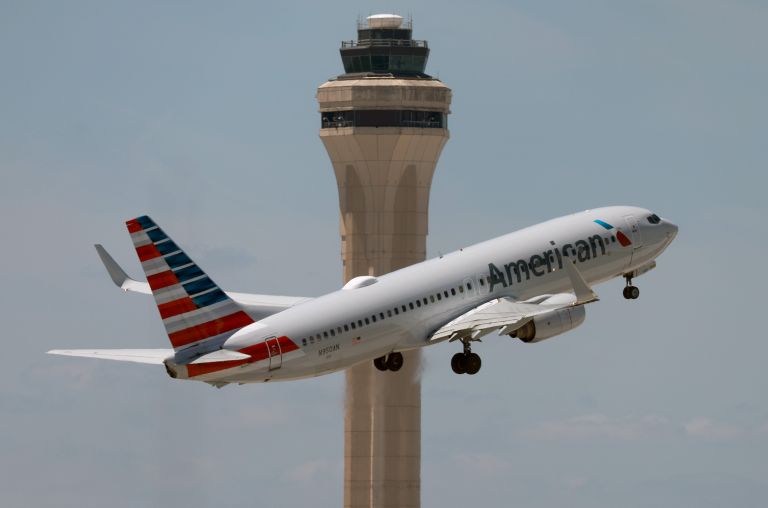Developers Propose 3K Homes Outside Miami-Dade’s UDB
One of the biggest risks a developer can take in Miami-Dade County is proposing a project outside the Urban Development Boundary.
It’s an invisible line commissioners imposed in the early 1980s to limit suburban sprawl on farmland and wetlands, including towards the Everglades to the west and along Biscayne Bay to the east.
Yet, three developers have filed separate proposals this year to build a combined 3,080 apartments and homes outside the UDB, according to county records.
They are in for a long process. To begin with, Miami-Dade accepts UDB expansion applications in May of odd years, although developers can file a few months early for double the fee. After that, various county departments and state agencies such as planning councils and water management authorities review and opine on the proposals’ shortcomings. Then, developers need a supermajority vote by the county commission.
Even those that make it through that gauntlet can still face hurdles. Last year, developers Jose Hevia and Stephen Blumenthal scored commission approval — after five tries — for their 5.9 million-square-foot South Dade Logistics and Technology District on 378 acres outside the UDB.
But the Florida Department of Economic Opportunity threw a spoke in the plans, opining that Miami-Dade commissioners missed a 180-day deadline to vote on the project. Hevia, of Aligned Real Estate Holdings, and Blumenthal, of Coral Rock Development, responded by suing the state in May over the DEO’s stance that the vote needed a do-over. Miami-Dade has joined the litigation on the side of the developers.
The controversy over projects outside the UDB tends to split opponents into two groups. Developers and their supporters generally argue that their commercial projects would be economic boons for county areas that lack employment opportunities. Those who plan housing often point to the population growth and the county’s own analysis that Miami-Dade will run out of land for new single-family homes by 2026.
Opponents, who are usually led by environmentalists, counter that land outside the UDB needs to remain untouched partly because it is a necessary buffer against hurricanes and storm surge and, in some cases, is designated for Everglades conservation projects. Also, farmland could be vitally important in the future.
Despite all of those daunting obstacles, a handful of developers feel they’re up to the challenge to build outside the UDB this year. Here’s a look at the three proposals:
1,677 units on 163 acres
In the biggest proposal, six property owners want to create the Portofino Special District from Southwest 104th Street south to the Black Creek Canal, between Southwest 162nd Avenue and Southwest 167th Avenue.
The 1,677-unit development would consist of 313 single-family houses, 201 townhouses and 1,163 apartments, according to an application to the county. The proposal also calls for over 100,000 square feet of offices and more than 97,000 square feet of retail and restaurants.
Ferro Investment Group II, led by Mario Ferro Jr. and Risset Ferro, owns a 96-acre chunk of the site, according to county and state corporate records. The other applicants, each of whom owns a portion of the remainder of the land, are entities NRC Holdings 2016, Panstar, Fontela and Cairo, Green Village and the Melvina Febhali Trust.
773 apartments on 14 acres
Brandon Shpirt, a newbie in South Florida development, wants to build an apartment complex at 14505 Southwest 260th Street, near south Miami-Dade’s Naranja neighborhood.
Called Infinity Gardens Apartments, the six-story complex would consist of 773 apartments and up to 10,000 square feet of retail on 13.8 acres. Only the 8.5-acre western portion of the site is outside the UDB and is zoned as agricultural land.
Shpirt, an investor who owns about 200 apartments, mostly in south Miami-Dade, bought the development site in October for $9.4 million.
630 units on 20 acres
A team of three developers want to build the Westend at Princeton complex with 14 three- and four-story buildings.
Legacy Residential Group, CD Group and Fenix Contractors own the 20-acre site on the southeast corner of Southwest 252nd Street and Southwest 145th Avenue in south Miami-Dade’s Princeton neighborhood.
Maurice Cayon, who leads CD Group, said the project would bring much much-needed workforce housing to the area. Some, or potentially all, of the units will be restricted for households earning up to 120 percent of Miami-Dade’s median annual income of $68,300.



